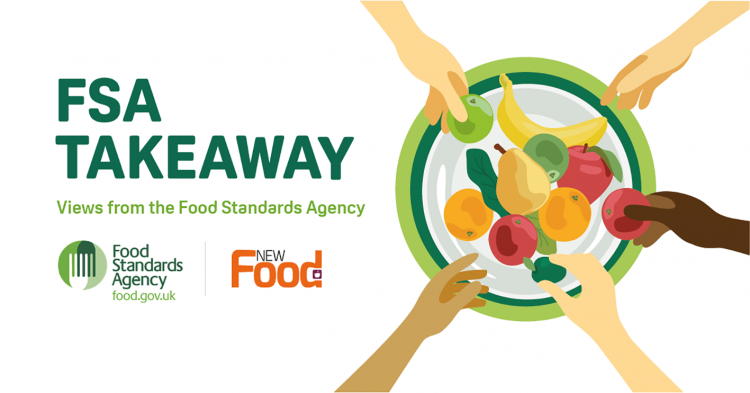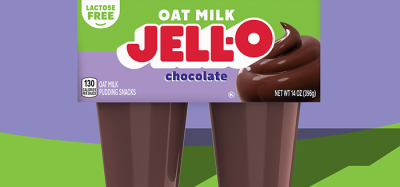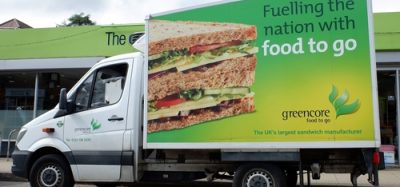Food online – what’s been happening?
- Like
- Digg
- Del
- Tumblr
- VKontakte
- Buffer
- Love This
- Odnoklassniki
- Meneame
- Blogger
- Amazon
- Yahoo Mail
- Gmail
- AOL
- Newsvine
- HackerNews
- Evernote
- MySpace
- Mail.ru
- Viadeo
- Line
- Comments
- Yummly
- SMS
- Viber
- Telegram
- Subscribe
- Skype
- Facebook Messenger
- Kakao
- LiveJournal
- Yammer
- Edgar
- Fintel
- Mix
- Instapaper
- Copy Link
Posted: 3 February 2022 | Michelle Patel | No comments yet
Ordering food has never been easier, but with so many options, what are consumers looking for when making purchases online? Michelle Patel explores.


The FSA published the latest wave of Food and You 2 last week, our flagship survey that asks consumers what they think, feel and do when it comes to food. For the first time we included a module on online shopping and eating – and the results are fascinating.
How consumers are consuming food online
Over half of respondents (60 percent) reported that they had ordered food or drink via a restaurant, takeaway or café website. Around half (52 percent) of respondents had ordered food or drink via a delivery company (eg, Just Eat, Deliveroo, Uber Eats) and/or online ordering, and 30 percent had ordered via an online marketplace (eg, Amazon, Gumtree, Etsy). Fewer respondents (14 percent) had ordered food or drink via social media (eg, Facebook, Instagram, Nextdoor), and only eight percent ordered via a food sharing app (eg, Olio, Too Good To Go).
What’s interesting is that what people are ordering varies according to the platform. Most respondents had ordered prepared cooked meals or snacks through an online delivery company, a restaurant’s own website or (albeit, less so) a food sharing app. However, it seems that online marketplaces are the place to go for packaged goods, such as tins, jars, boxes, bottles (39 percent). When it comes to social media platforms it’s all about baked goods and desserts; cheesecakes, cakes, biscuits, breads or dough, and mixes to make these (39 percent).
It’s also interesting to see who is using which platform. It’s perhaps not surprising to see that people under 45 years are more likely to have ordered food or drink from an online marketplace (for example Amazon, Gumtree, Etsy) than their older counterparts, or that people with children under six years in the house are more likely to have done so than those without. It is more of a surprise to learn that people with marginal, low or very low food security are more likely to do so than people with high food security, and twice as likely to have bought food through social media. Although use of food sharing apps (for example Olio, Too Good To Go) is not yet widespread, young adults (16-24) and full-time students are much more likely to have done this than older people and those who are employed or unemployed.
Is online food shopping here to stay?
There’s no doubt that the pandemic and the impact of lockdown pushed many people online. After nearly two years, how many of these habits are here to stay? Rapid innovation in digital technologies is reshaping the UK food system and we are working hard to stay abreast of these changes and develop regulatory responses to ensure emerging digital marketplaces and other innovations don’t compromise food safety and public health.
The online marketplace has witnessed a Cambrian explosion of business models in the past couple of years, including direct producer-to-consumer commerce (during the first few months of lockdown, a third of people have been buying from a regular local supplier like a farm shop or a veg box. This is even more common among younger respondents and those with more money, bypassing traditional intermediaries). We’ve also seen the rise of food businesses selling food online, sometimes through other sellers and with no customer-facing storefront and rapid on-demand delivery solution


Will online food deliveries fall after the pandemic?
While the majority of these models allow for a traditional premises inspection-based approach with the innovation limited to the means of ordering, the straight line from producer to wholesaler to retailer to consumer is now a network where consumers can get their food at various stages along the chain, and with retail taking many forms. This has a knock-on effect to consumers and the information they receive about the food they are buying and eating, and their ability to make informed choices. Only around half the people who look for FHRS ratings online find them easily. We have found that just a fifth of people with allergies or intolerances always look for allergen information when ordering food online, while around a third never do. However, digital platform technologies also offer an opportunity for food safety; while there may be an explosion of new businesses and business models, they are using the same, relatively small number of platforms to find their customers.
What has changed for the FSA as a regulator?
We’re running communications campaigns across all these online platforms to encourage people starting businesses to get their registrations right from the offset; we know that most food businesses want to do the right thing. We use cutting-edge digital and data tools to observe what these digitally native businesses are doing and how they appear and develop, at the speed they themselves operate – and, as in the physical world, if we find a business that poses a danger to consumers, we’ll shut them down. Good food hygiene should be a given whether selling online or in more traditional retail models.
We’re working through the food delivery platforms to make sure that FHRS ratings are on highly visible display as a default. It’s been great to see how keen some of the big players have been to help us achieve this, and the independent work they’ve been doing in that respect too. And, of course, we’ll be re-running this module in Food and You 2 every year, so we’ll see how these trends play out from the consumer perspective.
About the author
Michelle Patel is the Deputy Director (Analysis and Evidence) of the Science, Evidence and Research Division at the Food Standards Agency (FSA). With more than 20 years in government and a background in communications, Michelle remains an endlessly curious scholar of public perceptions. She has a deep interest in how citizens can influence policymaking, and leads a team of over 40 analysts from a range of professional and academic disciplines, delivering and commissioning useful interdisciplinary research about the food system within our science programmes. This helps provide better evidence for better decisions on food policy.








